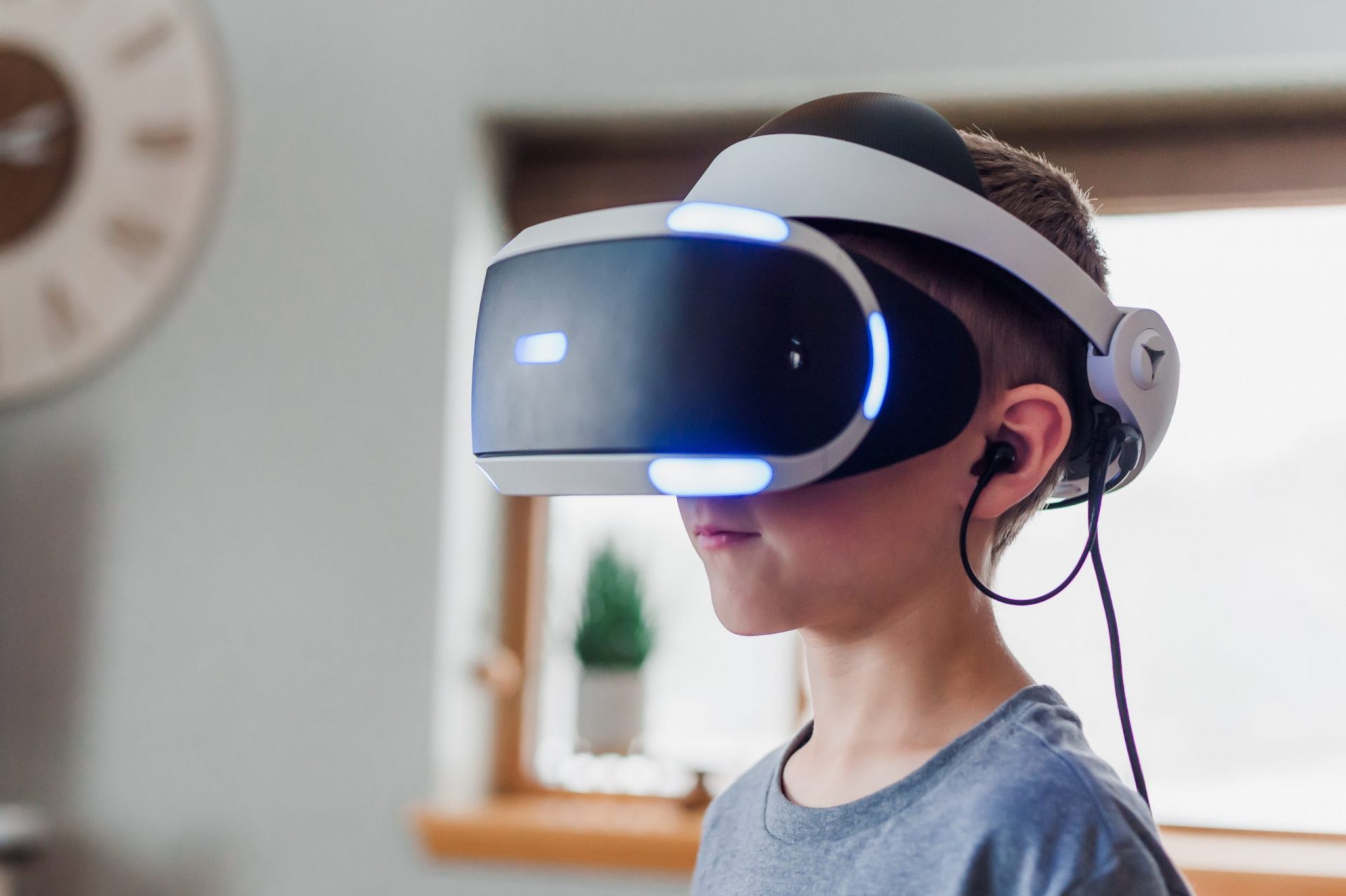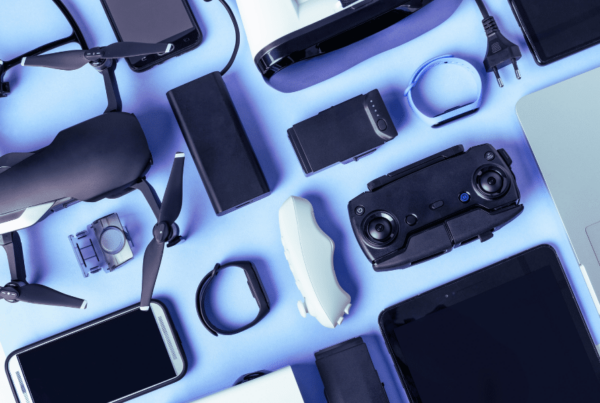I would like to invite you all to my orchard and apiary, Willowbrook Farm. Situated in a small but thriving village, it’s only a small holding right now, but we have hopes of expanding and moving to wider premises. Our lovely juicy apples and grapes are grown for sale and to be pressed into our delicious homebrew “Cidr Inside”, and the bees to aid pollination and Honey and wax sales. Unfortunately, my farm does not exist in the rolling green acres of Norfolk, but in a copy of The Sims3, I dusted off and installed onto my laptop during the Covid19 lockdown. It became an escape, a way of winding down after the workday or to forget the suddenly confusing and scary world events. But could Virtual Reality be used for more serious forms of therapy? How would it be if you went to your weekly therapy session, and your therapist handed you a pair of VR goggles and gloves? Well, in a number of hospitals and therapy centres across the globe, this is becoming an increasing reality. Known as VRT, VR is being used to help with a variety of mental and physical disorders, from anxiety and depression to Strokes and Parkinson’s disease and can take the form of a simple computer simulation with keyboard and monitor, to full immersion with VR Goggles and realistic audio and vision.
The advantages of using VR in Therapy are numerous. It is an entertaining, sometimes cost-effective way of helping a patient rehabilitate. Performance can be monitored and has even been proven in pain relief. With the added bonus that the patient does not even need to leave their home. Australian doctors are working with Games developers to create a “Serious” fantasy game called “Sparx” to help treat adolescents with depression by helping them tackle their negative thoughts through a series of levels. Elsewhere, VR can be used to treat physical issues. Stroke Victims are able, through a rehabilitation program that helps them to restore walking or balance skills through exercising certain muscles, with the additional advantage that it is able to give visual feedback that a physiotherapist may not always be able to provide. Parkinson’s disease sufferers who used VRT have also increased balance and cognitive faculties.
VRT had shown particular effectiveness in Acrophobia or fear of heights. In a 1994 study, 38 out of 40 patients noted a reduction in stress levels when confronted with heights. It has also been proven effective with PSTD sufferers, using sights and sounds to a greater or lesser immersive sense to allow them to confront a traumatic experience with the therapist there to guide them. In 2014, the BRAVEMIND software was designed with this specific purpose in mind. Could there be room for VR as a more permanent form of therapy in the future? At the moment it remains controversial as therapy as it can cause motion sickness and some being a new technology, not all clinics may receive the correct usage training, and the more advanced VR “Rigs” can be expensive. But I believe that while it could not replace a trained therapist, VRT could easily be used side by side with CBT and psychotherapy and be made more accessible to those in need.
Written By Sarah Biggs, Lucidica Engineer.








